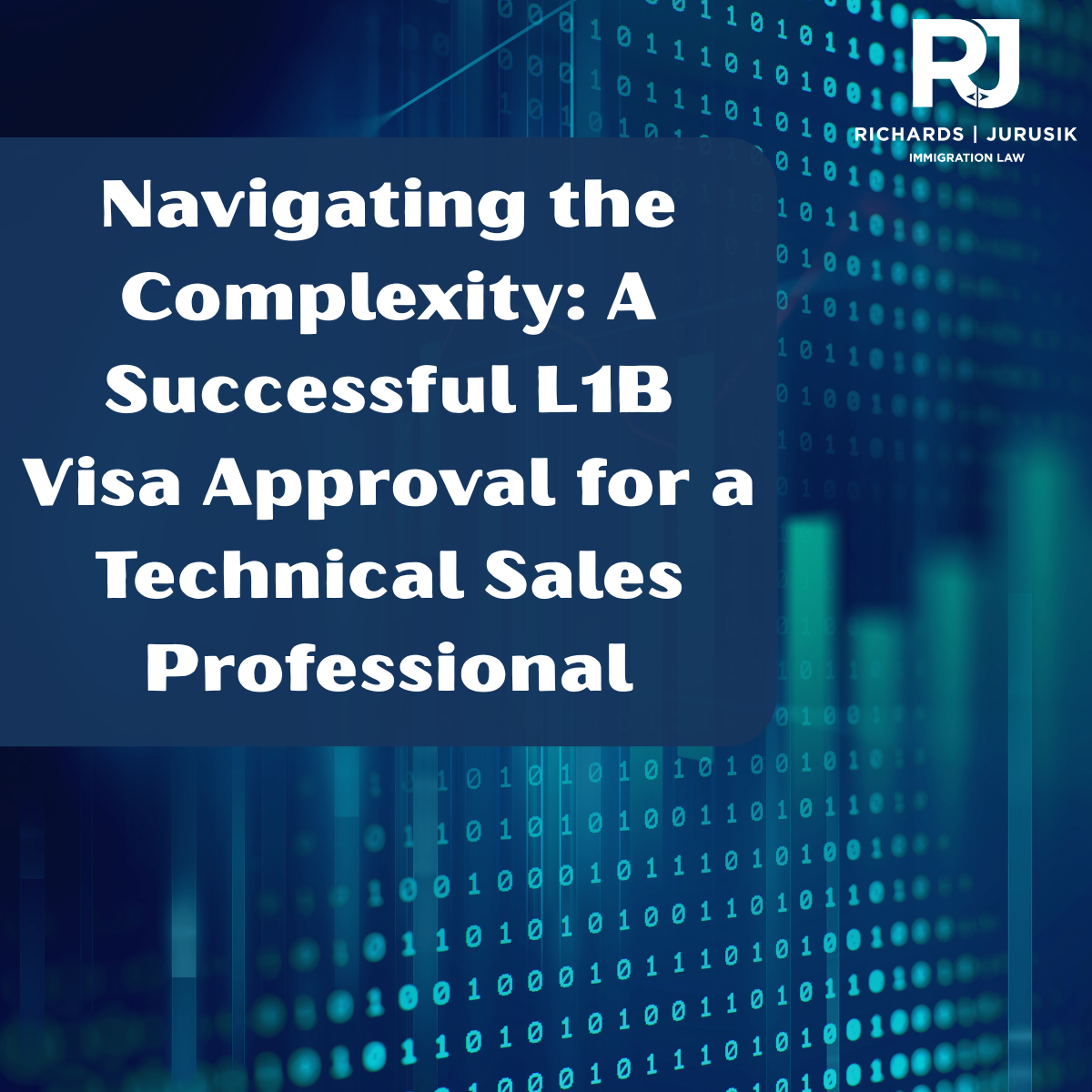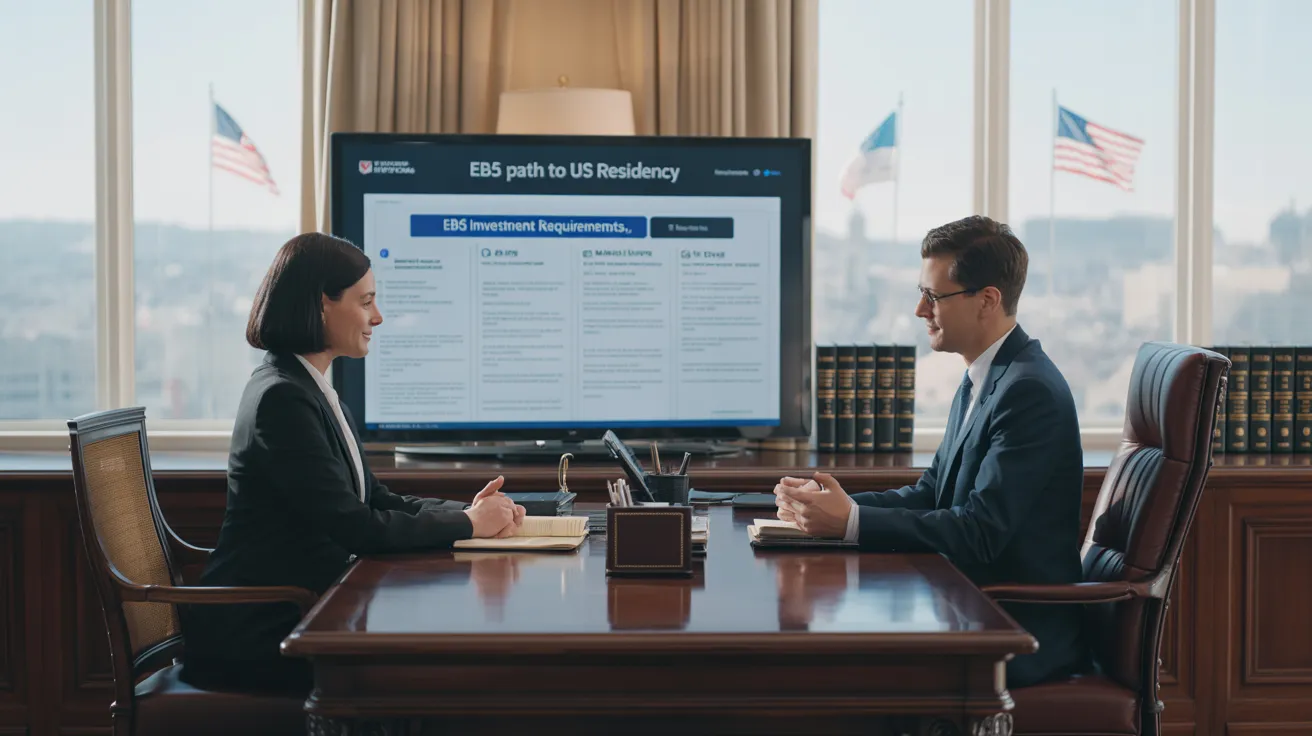The Main Principles Of L1 Visa
Table of ContentsSome Known Factual Statements About L1 Visa L1 Visa for DummiesWhat Does L1 Visa Mean?How L1 Visa can Save You Time, Stress, and Money.The Ultimate Guide To L1 VisaL1 Visa for Dummies
Readily Available from ProQuest Dissertations & Theses Global; Social Scientific Research Premium Collection. (2074816399). (PDF). Congress. (PDF). DHS Workplace of the Assessor General. (PDF). (PDF). "Nonimmigrant Visa Stats". Fetched 2023-03-26. Department of Homeland Protection Workplace of the Inspector General, "Evaluation of Vulnerabilities and Possible Abuses of the L-1 Visa Program," "A Mainframe-Size Visa Technicality".

United State Department of State. Fetched 22 August 2016. "Employees paid $1.21 an hour to set up Fremont tech company's computers". The Mercury Information. 2014-10-22. Retrieved 2023-02-08. Costa, Daniel (November 11, 2014). "Obscure momentary visas for foreign technology workers dispirit earnings". The Hill. Tamen, Joan Fleischer (August 10, 2013). "Visa Owners Replace Employees".
The Facts About L1 Visa Uncovered
In order to be qualified for the L-1 visa, the international firm abroad where the Recipient was used and the U.S. company should have a qualifying connection at the time of the transfer. The various types of qualifying partnerships are: 1.
Firm A possesses 100% of the shares of Business B.Company A is the Parent and Company B is a subsidiary. There is a certifying partnership between the 2 business and Firm B need to be able to fund the Beneficiary.
Firm A has 40% of Company B. The continuing to be 60% is owned and managed by Company C, which has no relationship to Company A.Since Firm A and B do not have a parent-subsidiary connection, Firm A can not sponsor the Beneficiary for L-1.
Example 3: Company A is included in the U.S. and intends to request the Recipient. Firm B is integrated in Indonesia and employs the Beneficiary. Business A possesses 40% of Firm B. The staying 60% is owned by Company C, which has no relation to Firm A. However, Firm A, by formal agreement, controls and complete manages Company B.Since Company A has less than 50% of Firm B however takes care of and manages the company, there is a qualifying parent-subsidiary relationship and Firm A can sponsor the Beneficiary for L-1.
L1 Visa Fundamentals Explained
Affiliate: An associate is 1 of 2 subsidiaries thar are both had and regulated by the very same parent or person, or owned and regulated by the same team of people, in basically the same proportions. a. Instance 1: Business A is included in Ghana and employs the Recipient. Business B is included in the U.S.
Company C, also integrated in Ghana, has 100% of Company A and 100% of Business B.Therefore, Business A and Business B are "associates" or sister companies and a certifying relationship exists in between both business. Company B should have the ability to fund the Beneficiary. b. Example 2: Firm A is incorporated in the united state
Business A is 60% possessed by Mrs. Smith, 20% possessed by Mr. Doe, and 20% had by Ms. Brown. Business B is incorporated in Colombia and currently employs the Beneficiary. Business B is 65% owned by Mrs. Smith, 15% had by Mr. Doe, and 20% possessed by Ms. Brown. Company A and Firm B are associates and have a qualifying connection in two various ways: Mrs.
The L-1 visa is an employment-based visa group developed by Congress in 1970, enabling multinational business to transfer their supervisors, executives, or key workers to their united state procedures. It is generally described as the intracompany transferee visa. There are two click here main sorts of L-1 visas: L-1A and L-1B. These types are suitable for staff members worked with in different positions within a firm.

Furthermore, the beneficiary has to have worked in a supervisory, exec, or specialized worker setting for one year within the 3 years preceding the L-1A application in the foreign business. For new workplace applications, international work has to have been in a managerial or executive capability if the beneficiary is pertaining to the United States to work as a supervisor or exec.
Not known Incorrect Statements About L1 Visa

If granted for a united state business functional for more than one year, the first L-1B visa is for up to 3 years and can be expanded for an added two years (L1 Visa). Alternatively, if the U.S. firm is recently developed or has actually been functional for much less than one year, the initial L-1B visa is released for one year, with expansions available in two-year increments
The L-1 visa is an employment-based visa group developed by Congress in 1970, permitting international firms to move their supervisors, executives, or key employees to their united state procedures. It is typically referred to as the intracompany transferee visa. There are two main kinds of L-1 visas: L-1A and L-1B. These types are ideal for employees employed in various settings within a business.
See This Report on L1 Visa
Furthermore, the recipient needs get started to have functioned in a managerial, exec, or specialized staff member position for one year within the 3 years preceding the L-1A application in the foreign business. For new workplace applications, international work must have been in a managerial or executive ability if the recipient is pertaining to the United States to work as a manager or executive.
for as much as seven years to manage the procedures of the united state affiliate as an executive or supervisor. If released for an U.S. firm that has been operational for even more than one year, the L-1A visa is initially provided for approximately three years and can be prolonged in two-year increments.
If granted for an U.S. firm operational for more than one year, the initial L-1B visa is for approximately three contact us years and can be prolonged for an additional 2 years. Alternatively, if the U.S. firm is freshly developed or has actually been operational for much less than one year, the preliminary L-1B visa is issued for one year, with expansions offered in two-year increments.
Comments on “L1 Visa Explained”